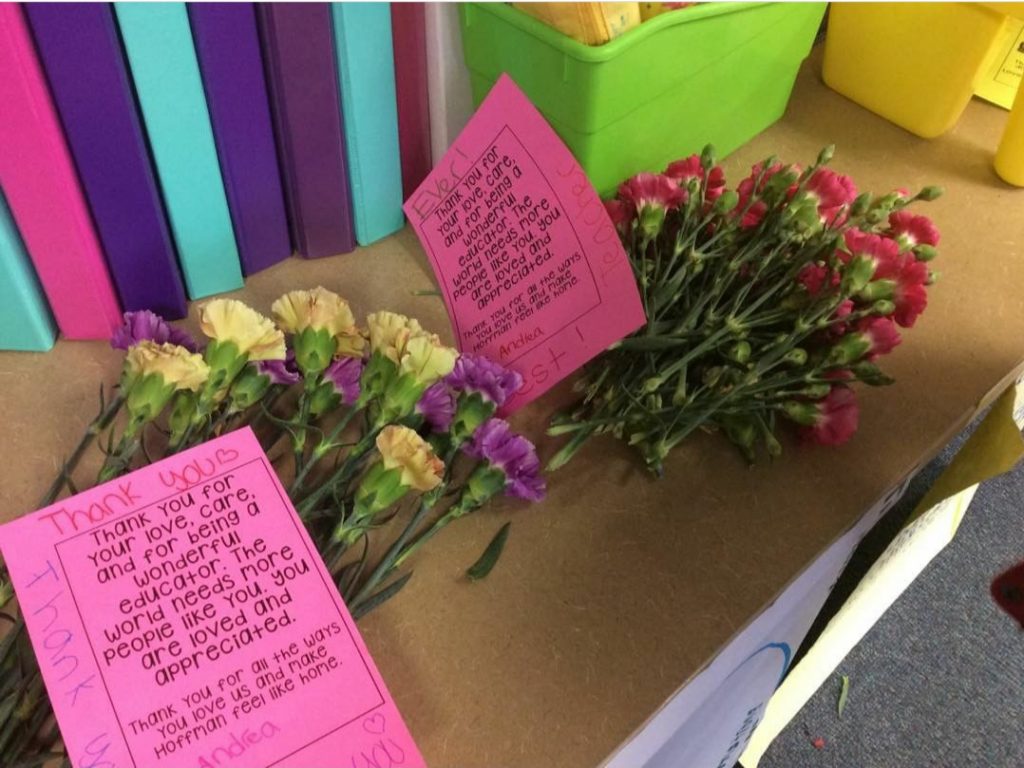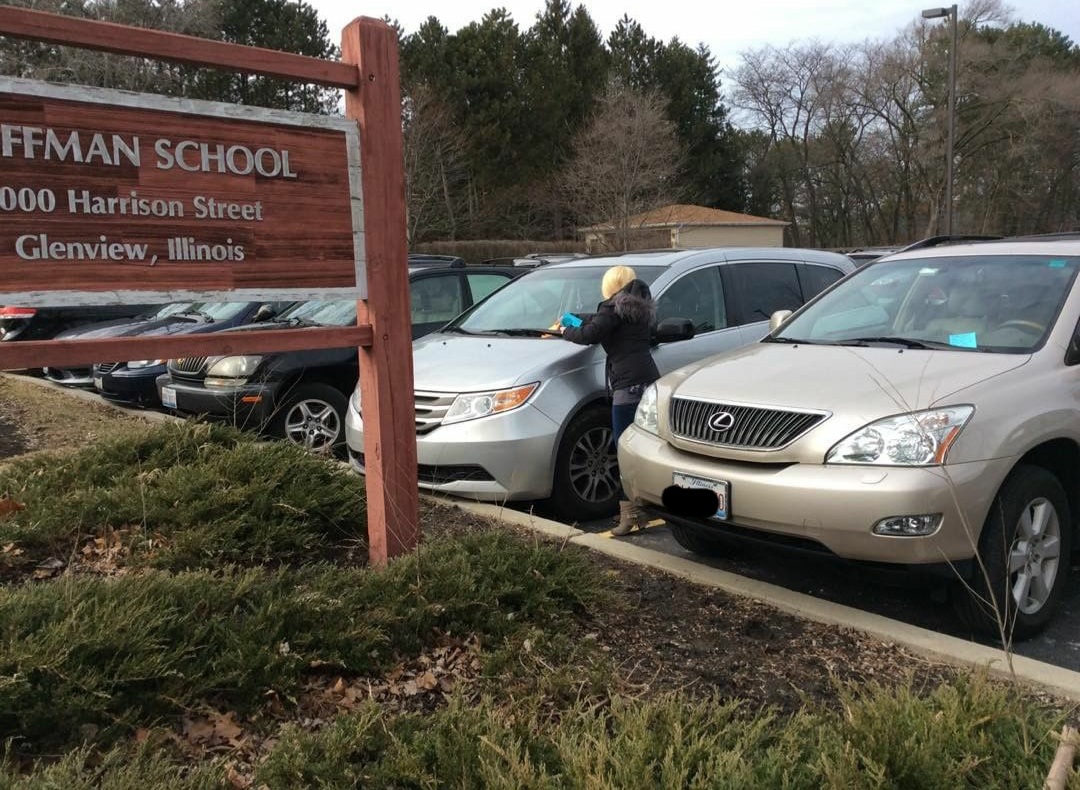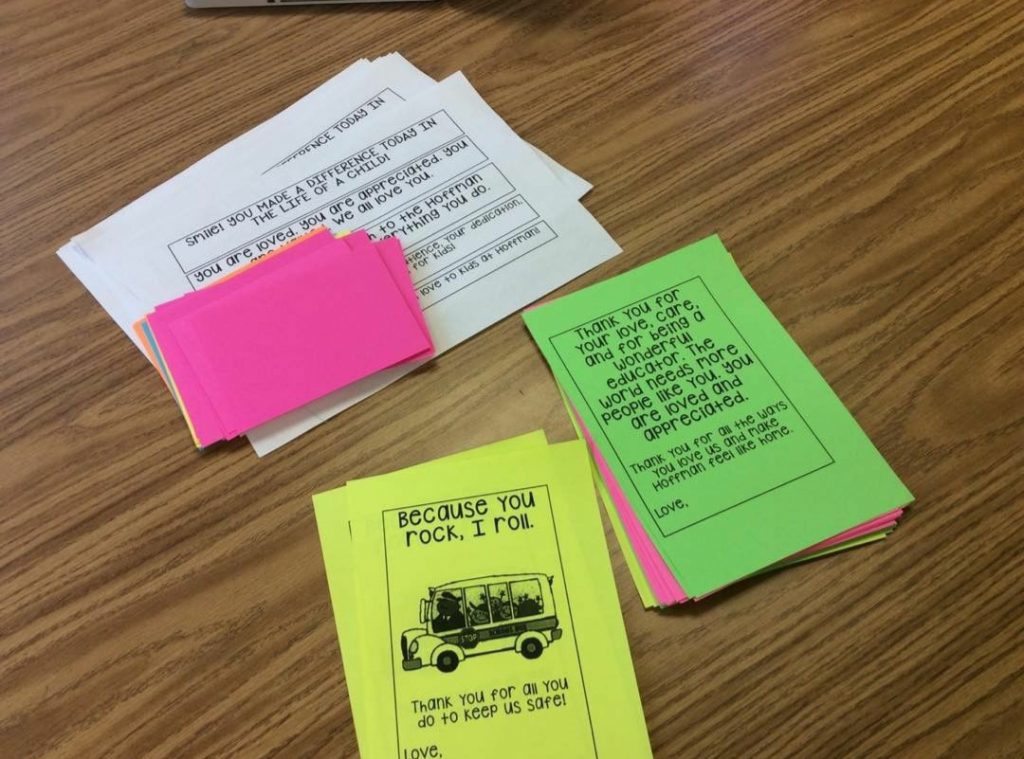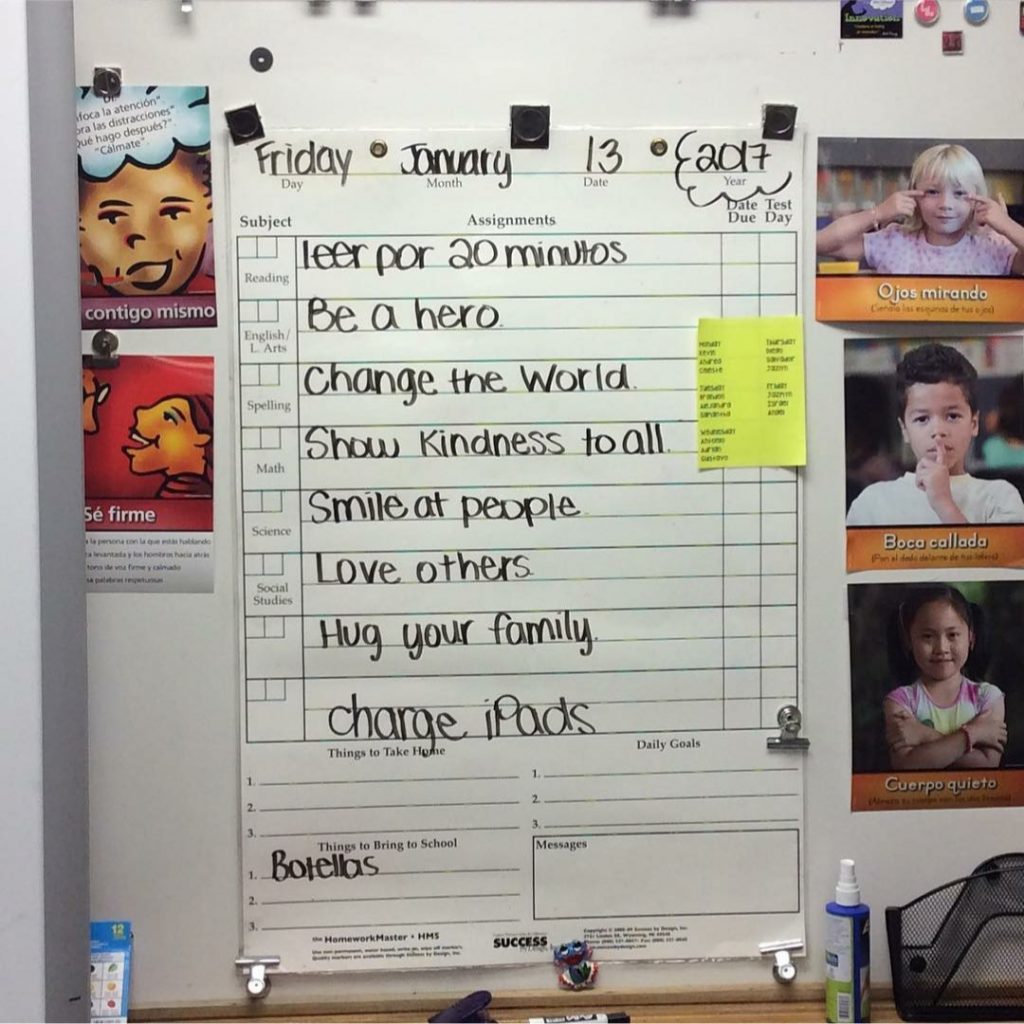TL;DR:
- This post honors Random Acts of Kindness Day. Go beyond the week and show kindness every day to make a positive impact on others.
- Have students consider their spheres of influence and brainstorm ways to demonstrate gratitude.
- Promote kindness by taking action to express appreciation through handwritten cards left on cars, cards handed to bus drivers, and flowers handed to staff as they walk by.
So, you want to “sprinkle kindness like confetti” with your students this year? As Random Acts of Kindness Day approaches on February 17th, let’s get serious about ways to spread kindness. No confetti canons needed.
Warming Up
It is important for students to understand what kindness is and isn’t. Have students create their own definitions with examples. Then have students create non-examples. Share with partners or small groups. This will get all the positive energy going!
Brainstorming Beyond Kindness Week
Remind students of their spheres of influence! Make it visual by having students draw circles on a piece of paper, and have students begin by listing people or groups in their lives. They can break this down by who they see and interact with daily, weekly, or monthly. Wow! This visual practice is powerful for students to note that they have the ability to have an impact on so many. From there, ask students to consider who they see each day that may not receive thanks, and discuss why. Be sure your next steps can provide a targeted act of kindness sent their way!
The more we are reminded of our spheres of influence, the more empowered we feel to use our influence in positive ways. Share on XNext, have students consider all the different ways they can express gratitude, appreciation, or just show love to those around them. Ask students to categorize what they’d like to work on together as a class, and which items they’d want to do on their own. This ensures that their acts of kindness extend beyond the walls of the classroom.
One year, the third-grade class I served was ready to embrace their roles as ambassadors of kindness and set to work. They created a list of folks to empower: the adults in our school (custodians, teachers, principals, social workers, cafeteria staff, and volunteers, bus drivers, librarians, etc.) and students (including themselves). They decided on a few acts of kindness.
Kindness in Action – Stretching Beyond Kindness Week
The students created kindness cards with words of praise, notes of appreciation, and inspirational quotes. They created cards at home and brought them into school. Then one day, we distributed kindness cards in a few different ways.

We walked around the building, loaded up with flowers and cards. Any time we passed an adult, we tackled them with kindness.

We bundled up and headed into the school parking lot. There, we watched as our teacher placed a kindness card on the windshields of teachers’ cars in the lot! Brightly colored paper was used so that adults would see it easily.

We set aside special cards for our bus drivers. We even created posters for each bus driver that other kids and adults could sign!

Stretching Beyond Kindness Week
We also knew we needed to be kind to ourselves. There were a few “spa days” with yoga mats, soft music, and even cucumber slices for eyes. We talked a lot about advocating for ourselves and others. Then we viewed videos together of things we saw in the news or online. We used our classroom’s social media accounts to search for ideas and examples using hashtags like #RAKweek and #randomactsofkindness. Websites that had a multilingual kindness calendar like those from Action for Happiness were shared.
With strong beliefs about what meaningful homework was, students decided on what our meaningful work should be beyond the school day. At the end of each day, we crafted our work plans. We noticed that many of our ideas centered on kindness!

Spreading kindness doesn’t have to exist within the framework of one day or one week. We can all continue to stretch for kindness every day. The more we celebrate acts of kindness, the more inspired we all become. The more we are reminded of our spheres of influence, the more empowered we feel to use our influence in positive ways. So the more we open our eyes to the good work around us, the more we can remember how capable we are of making a positive impact on those around us.
About Carly Spina
Carly Spina has 15 years of experience in Multilingual Education, including her service as an EL teacher, a third-grade bilingual classroom teacher, and a district-wide EL/Bilingual/Dual Language Instructional Coach. She is currently serving 8 schools (EC-8) in a linguistically rich community of over 60 languages and over 800 active EL students. Spina has engaged in the successful co-creation of several parent outreach programs, Title I tutoring programs for students in grades 3-5, mentoring programs for middle school students, co-teaching initiatives, and more. She is deeply passionate about equity and advocacy for multilingual learners and fights for access and inclusive opportunities for kids and families.
Spina actively fights against food insecurity in the community she serves. She has spoken at various national conferences and events and has received several awards over the years, including the Illinois Education Association Reg Weaver Human & Civil Rights Award in 2015 and the Distinguished Service Award for Excellence in the Team Category for EL Community Engagement in 2019. She was the WIDA Featured Educator in April 2019 and was named a Paul Harris Fellow in July of 2019. Spina is an active member of the EL/Bilingual community on social media and enjoys networking and growing with teachers and leaders across the country. She is currently working on her first book with EduMatch Publishing.


